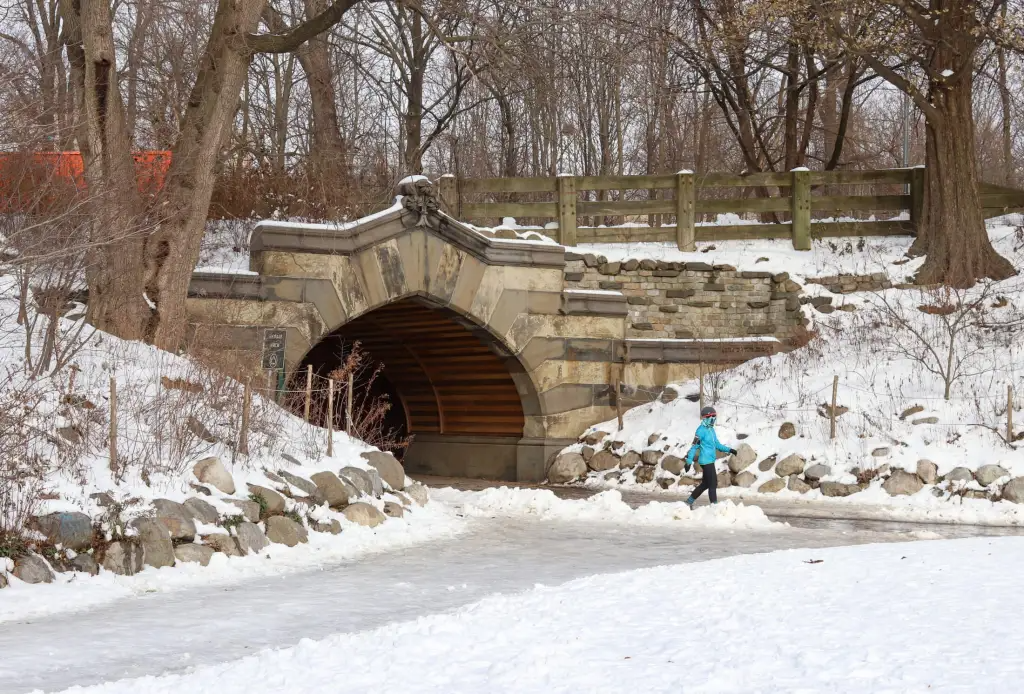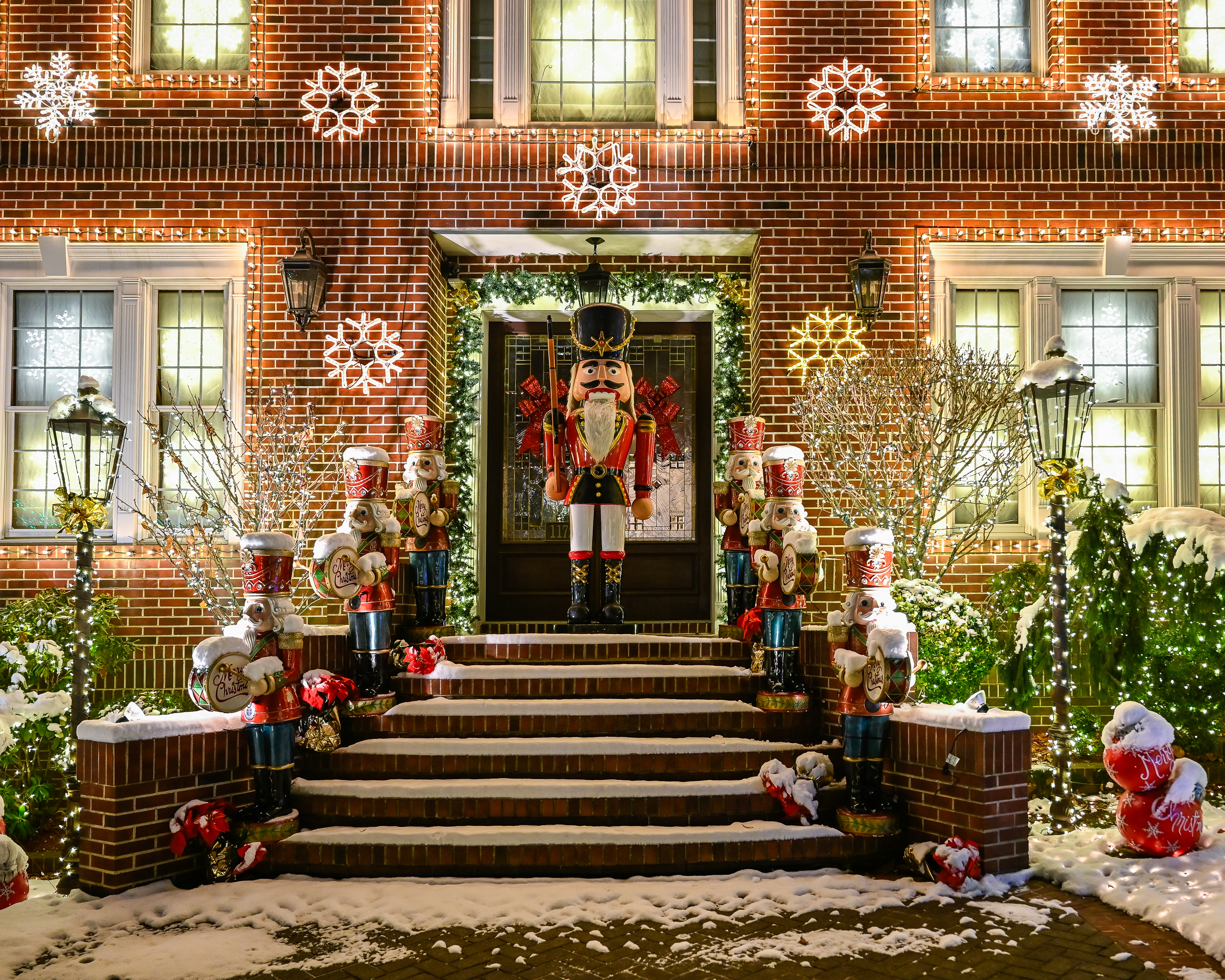Walkabout: Some Favorite Things: Part I
When I first moved to NYC, I lived in the Bronx, near relatives. Before moving to Brooklyn, I used to visit my friend, a Pratt student, who over the course of four years lived all over Clinton Hill and Fort Greene. Wandering around the neighborhood convinced me that Brooklyn was the place to be for…


When I first moved to NYC, I lived in the Bronx, near relatives.
Before moving to Brooklyn, I used to visit my friend, a Pratt student, who over the course of four years lived all over Clinton Hill and Fort Greene. Wandering around the neighborhood convinced me that Brooklyn was the place to be for someone who loved architecture.
After moving here, I started really noticing the small details, when I would go on long, wandering walks for exercise, got involved in the preservation of Crown Heights and Bed Stuy, and started taking lots of photographs, and lots of research.

I’ve wandered around a good deal of Brownstone Brooklyn in the past year, now hyper aware of every bit of architectural detail, the composition of blocks, the progression of style and history, use and adaptive re-use, and sometimes, the passing of an architectural treasure.
Some neighborhoods I know quite well, some not so well, and there are some I have barely explored. In the future, I hope to be able to add elements from neighborhoods like Windsor Terrace, Sunset Park, and Bushwick, for example, places I just haven’t gotten to. My favorites will be sure to increase with continued exploration.
In the meantime, here is the first in my Favorites series. These are just some of my favorite groups of houses. They were built to be viewed as a whole, as well as individual homes. Some, like the Montrose Morris houses, are framed under a common roof.

Others blend seamlessly across the row, forming an aesthetically pleasing progression down the street. Others are joined by the commonality of building materials, or ornament: a shared cornice, pressed metal ornamental bands, or other decorative elements that join them together.
More often than not, these houses were built in groups designed to fit into a set number of lots, often in the middle of other such groups. Most were not built specifically for a buyer, but were speculative housing, often for the upper middle classes.
The row houses of the early to mid 19th century were pretty much uniform, when built on spec, their attractiveness lying in their repeating uniformity. By the time of the Revivals, in the latter part of the century, much attention was paid to the individual-ness of design within groups.
Romanesque and Renaissance Revivals, as well as Queen Anne styles show great variety and inventiveness in their groupings.

Today, architectural historians group these houses by letters corresponding to their individual design: ABCBA, for example, where the two A houses are the same, the two B houses may have a different shaped bay, or façade, and the C house is different from the other two. Usually, the A houses act as anchors, and are often more ornate, or slightly larger, visually enclosing and embracing the entire group, and the C house is the focal point.
Depending on how many houses are in a group, the combinations can be many. I live in an ABCD group, where all houses are different, but share many common elements, including cornice design, doorways and trim.
The best architects working in Brooklyn, including Axel Hedman, George Chappell, the Parfitt Brothers, Amzi Hill and son Henry, Montrose Morris, Magnus Dahlander and William Reynolds, all were masters of row house design.

Axel Hedman was perhaps the most prolific in his groups of houses, found across much of Brownstone Brooklyn. His career will be featured soon, but in the meantime, a sneak peak is available along with the other greats and some unknowns, featured in my Flickr set.
Please feel free to add to the list of other great groups of houses in your neighborhood or Brooklyn travels, and please continue to write in your personal favorite Brooklyn buildings for Thursday’s columns.

[Photos by Suzanne Spellen]





Joe;
I really don’t want to hijack Montrose’s post, so I’ll just give a very brief response.
The days of new, high-end 1-3 family construction are coming to a close in Brooklyn, doing to its increasing density. Other than a few examples in Bay Ridge and on State Street, I can’t think of much.
I was thinking more of nice condo construction, which is where the action is at these days.
“Hard to imagine that anyone will be doing a “favorite things” walkabout of what’s being built these days”
I’d be happy to do so.
Posted by: benson at December 1, 2009 11:31 AM
Could you name some examples of newly-built 1-3 family residential Brooklyn architecture that you like Benson?
I’m curious as to what’s out there. Thanks.
“Hard to imagine that anyone will be doing a “favorite things” walkabout of what’s being built these days”
I’d be happy to do so.
Thanks MM.
Brooklyn has some beautiful architecture. I never tire of walking the streets.
Great series, and thanks so much MM.
(Hard to imagine that anyone will be doing a “favorite things” walkabout of what’s being built these days.)
Tudors represent! I’ve lived in Tudor-style houses basically all my life from my parents’ single family in Marine Park to the apartment building I live in now. The 1915 version doesn’t seem too far off, maybe slightly more detailed from the 1920’s and 30’s versions I’m used too. Much appreciated Montrose!
wow, who needs to go to a museum when a stroll thru Brooklyn would delight. I need to get to Putnam Ave and Sterling for sure.
Love these arts and crafts cottages. Very similar to a row on Newkirk, off Coney Island Avenue in Ditmas Park West, I believe. Wonder if it’s the same architect.
Wow. Have I been in Brooklyn too long? I have been inside houses in 2 out of the 5 photos.